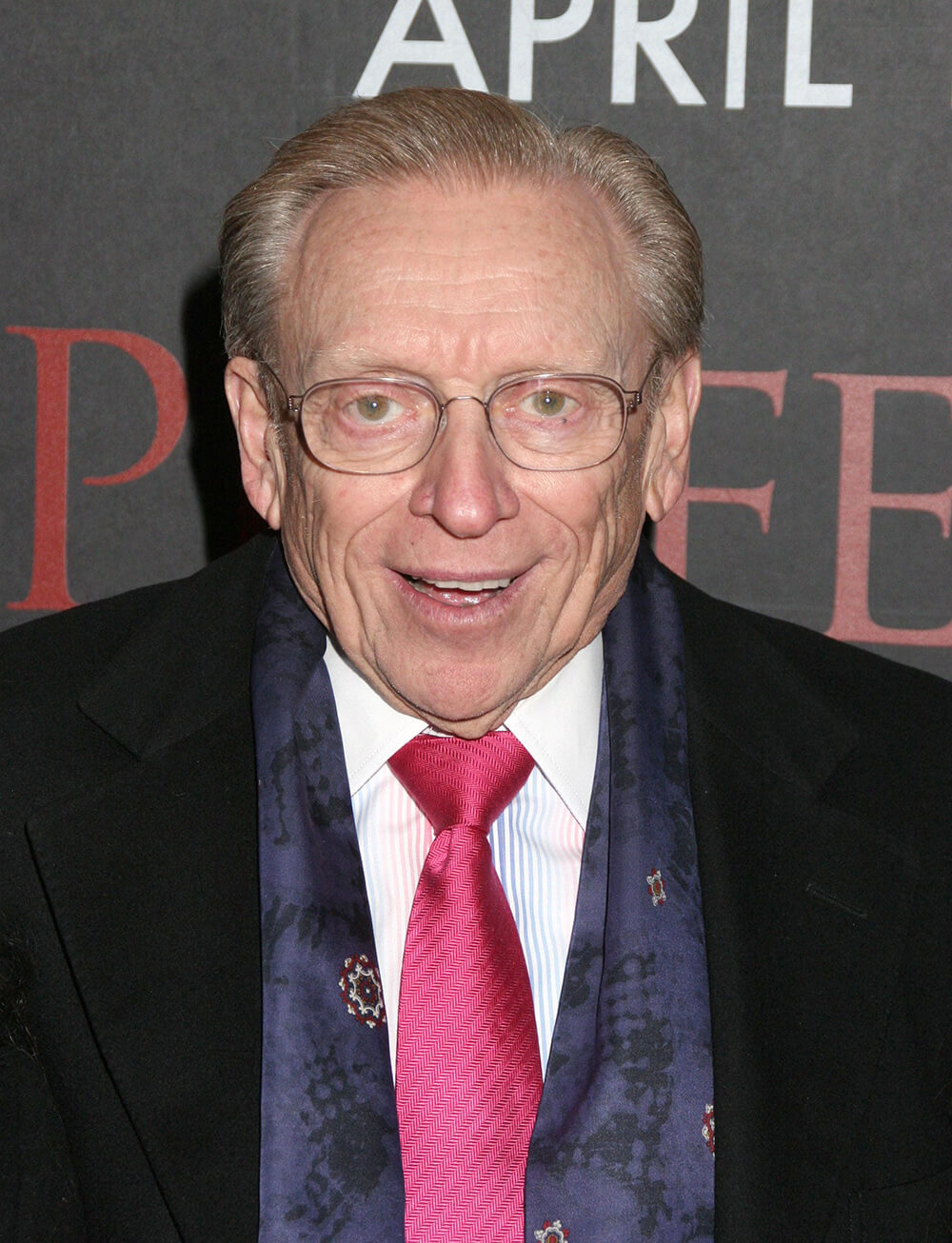|
Getting your Trinity Audio player ready...
|
Larry Silverstein’s Quest to Complete Two World Trade Center: American Express in Talks as Anchor Tenant
Edited by: TJVNews.com
Larry Silverstein, the iconic developer behind the reconstruction of the World Trade Center site, is once again attempting to complete his long-delayed vision for Two World Trade Center (2WTC). In what could be a pivotal moment for Silverstein Properties, American Express (Amex) is reportedly in exclusive negotiations to become the anchor tenant for the yet-to-be-built skyscraper, according to a recently published report in The New York Post. If the deal goes through, it would be the critical breakthrough Silverstein has been awaiting for years, potentially unlocking the financing needed to begin construction on the final piece of the World Trade Center’s commercial revival.
Since the devastating attacks of September 11, 2001, Silverstein has spearheaded the redevelopment of the World Trade Center complex, successfully completing several towers and reshaping Lower Manhattan’s skyline, as was reported by The Post. However, 2WTC has remained conspicuously absent, as previous efforts to secure a major tenant fell through. Negotiations with News Corp and Fox Corp, both owned by Rupert Murdoch’s media empire, as well as with banking giant Citigroup, collapsed after months of discussions, leaving the site in limbo.
Now, with American Express entering an exclusive negotiating period, there is renewed hope that 2WTC will finally rise. According to reports, a decision from Amex on whether to proceed could come as early as this month, potentially transforming Silverstein’s long-delayed project into a reality. However, the road ahead remains fraught with challenges, as was indicated in The Post.
While the potential involvement of American Express could be a game-changer for the project, industry insiders caution that securing the credit card giant as the anchor tenant is far from a sure bet. One source, speaking to The New York Post, described the prospect as “spectacular” but acknowledged the many hurdles that remain. “It’s a helluva long shot,” the source said, citing the astronomical costs of such a move and the myriad logistical complexities involved.
A key question is what American Express would do with its current space at 200 Vesey Street, part of the Brookfield Place complex in Lower Manhattan. The Post report said that Amex owns one million square feet in the lower half of the building, while Brookfield Properties owns the upper portion. Relocating to 2WTC would not only involve a significant financial commitment but also require decisions about the future use or disposal of its existing real estate assets.
Moreover, Amex is reportedly considering other downtown Manhattan locations, including over one million square feet of available space at Paramount Group’s repositioned 60 Wall Street. The company could also explore development opportunities in the Hudson Yards area, a burgeoning commercial hub on Manhattan’s West Side, The Post reported. However, proponents of 2WTC argue that the tower offers superior transit options and proximity to talent pools in Downtown Manhattan, Brooklyn, and New Jersey, making it a more strategically advantageous location.
One of the major selling points of 2WTC is its design flexibility. The current architectural plans for the tower come from British architect Norman Foster, who has already revised the design multiple times. As was pointed out in The Post report, Foster’s latest version replaced previous designs by both Danish architect Bjarke Ingels and Foster himself, with the goal of making the tower adaptable to the needs of a future tenant.
Silverstein has emphasized that the design remains “flexible” and can be tailored to meet the specific requirements of a major corporate occupant. This adaptability could be crucial in winning over Amex, particularly as companies reevaluate their office space needs in a post-pandemic world where hybrid work models are increasingly prevalent.
Additionally, construction on 2WTC could begin immediately upon securing a tenant. The foundation is already built to grade, and the site—which is currently being used as a beer garden—requires no further public approvals to commence development, according to the information provided in The Post report. Silverstein expressed confidence in the project’s readiness, telling The Post, “The foundation is built to grade. It’s ready to go.”
American Express has long been a significant player in the Lower Manhattan real estate market, and its decision to stay in the area or move elsewhere will have broader implications for the region’s commercial real estate landscape, as was indicated in The Post report. Amex first engaged Cushman & Wakefield, a leading real estate advisory firm, two years ago to explore its options for office space. The fact that the company is in serious talks with Silverstein for 2WTC suggests it is leaning toward remaining in Lower Manhattan, though other possibilities remain on the table.
Should Amex decide against anchoring 2WTC, it could turn its attention to other high-profile properties, such as the space available at 60 Wall Street or one of the numerous development opportunities in Hudson Yards. However, with its robust transportation connections and access to key talent markets, the World Trade Center site remains a highly attractive option.
For Larry Silverstein, completing 2WTC is not just about filling a building—it represents the culmination of a two-decade-long mission to rebuild and reimagine the World Trade Center site. His successful development of 7 World Trade Center, 4 World Trade Center, and 3 World Trade Center has transformed the area into a thriving commercial district, but the absence of 2WTC remains a conspicuous gap in the skyline.
The completion of 2WTC would also mark a significant victory for Downtown Manhattan, which continues to recover from the economic impacts of the September 11 attacks and more recently, the COVID-19 pandemic. The area’s resurgence has been fueled by a combination of commercial, retail, and cultural developments, with the World Trade Center at its heart.





